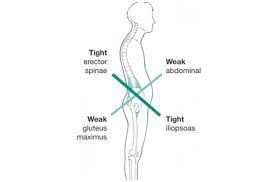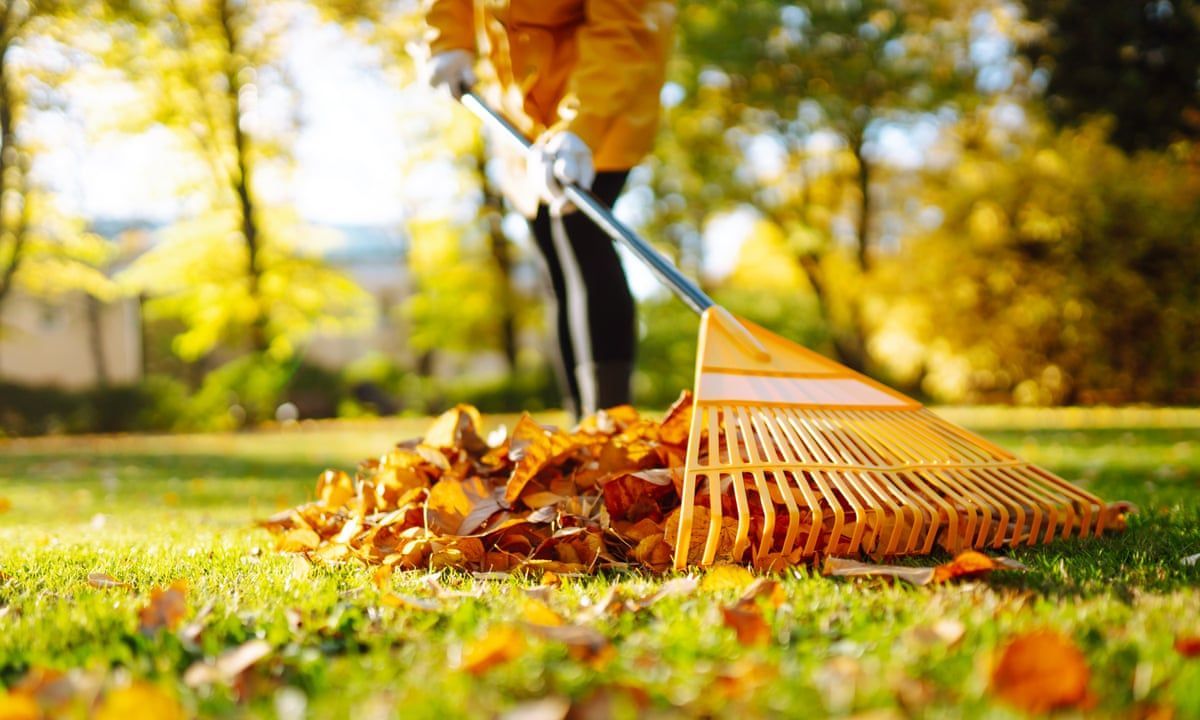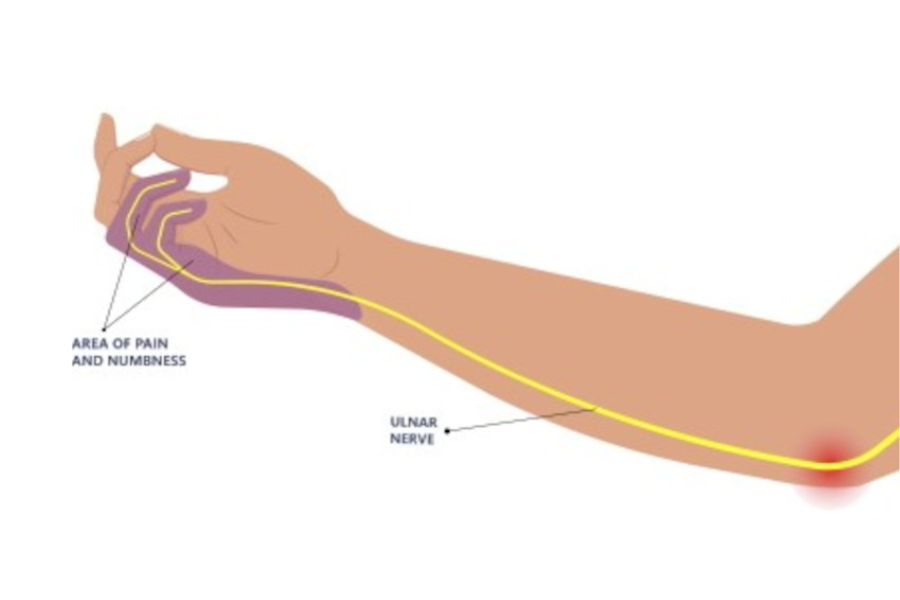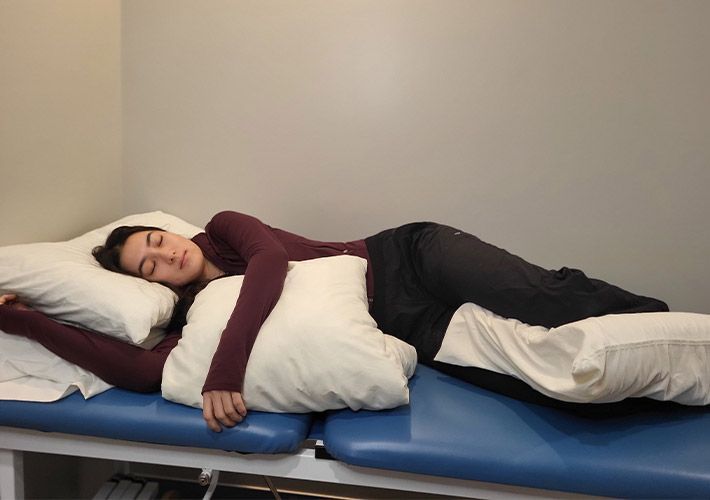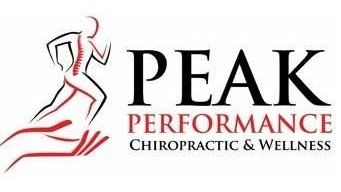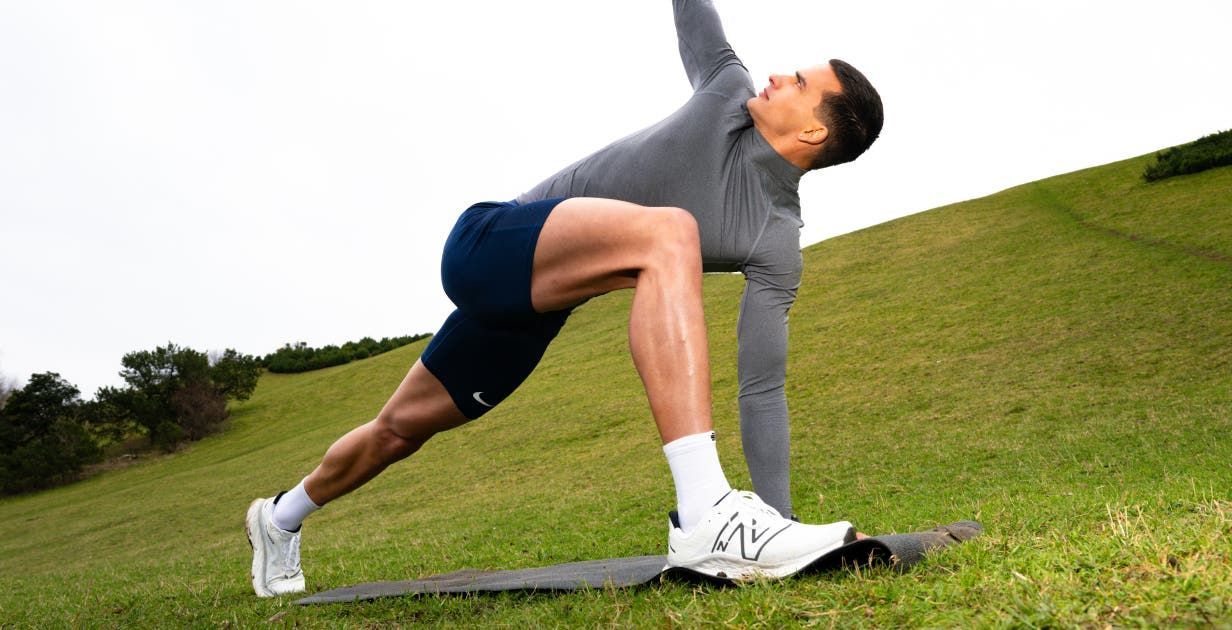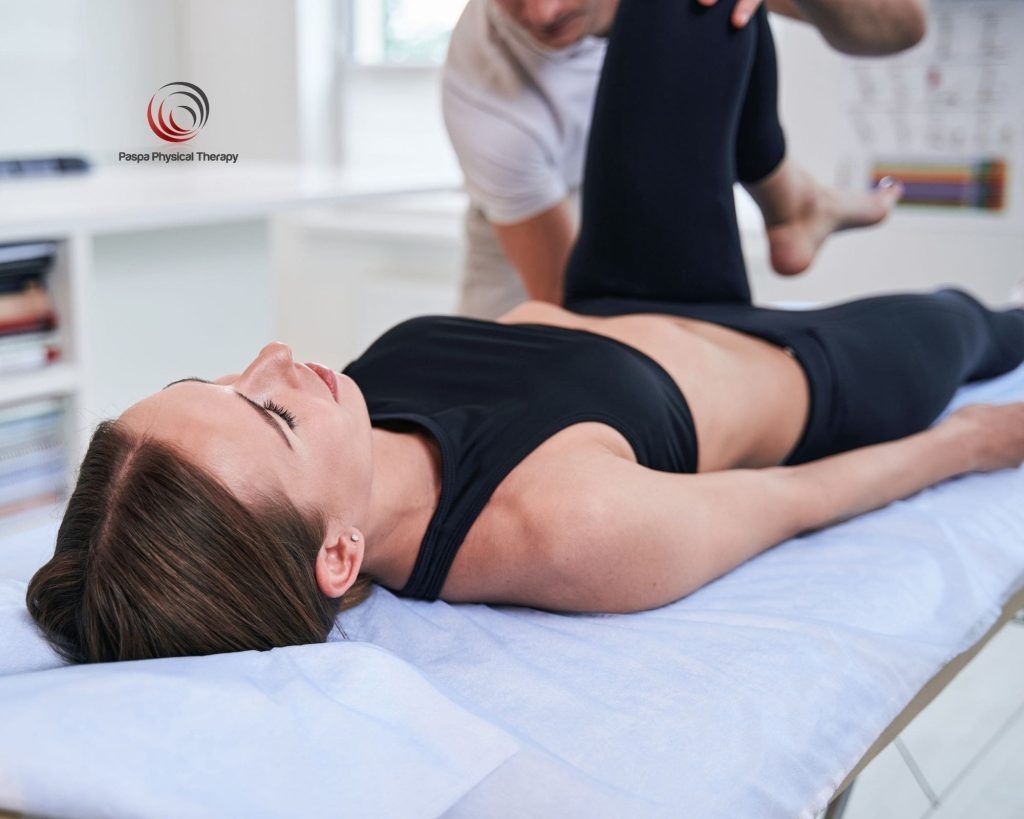IASTM aka Scraping aka Graston
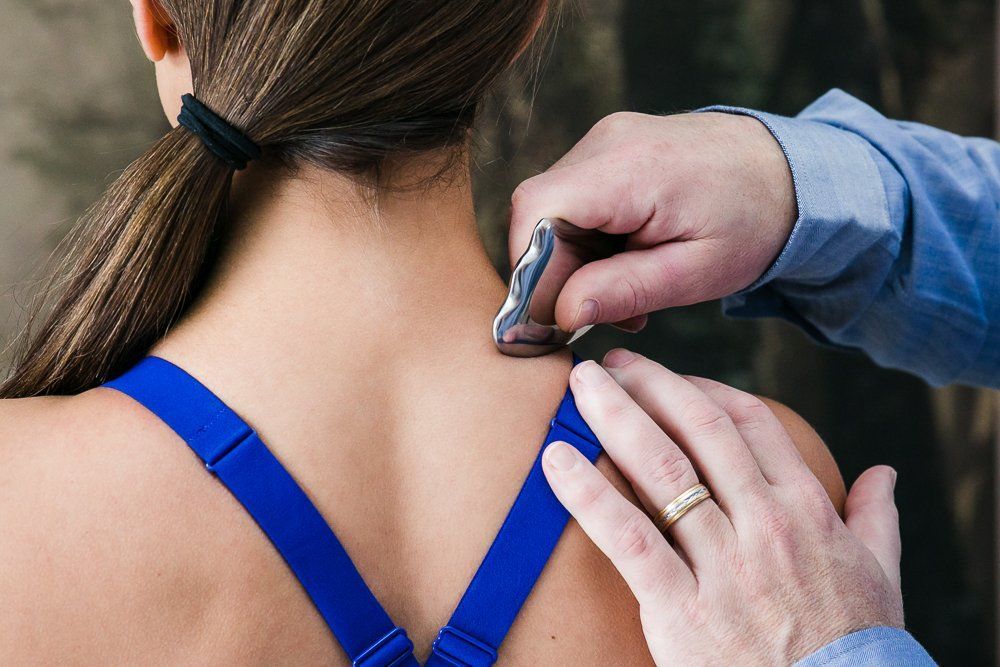
You either love it or hate it—the Graston Technique provides incredible relief if you’re willing to sit through a minute of mild discomfort. Graston is also known as IASTM, which stands for Instrument Assisted Soft Tissue Mobilization. This is a very fancy way to say that your chiropractor uses a metal tool and a cream or gel to break up scar tissue and myofascial adhesions. Whatever name you know it by, the technique remains the same. Graston is a brand name, while IASTM refers to the broader practice.
So, what exactly is happening when your chiropractor pulls out one of those stainless-steel tools?
What is IASTM, and How Does It Work?
IASTM involves the use of specialized tools to target areas of muscle tightness, inflammation, or injury. These tools allow chiropractors to apply more focused pressure than they could with their hands alone, helping to detect and treat soft tissue issues like scar tissue, adhesions, and even chronic muscle tightness. By gliding these instruments over the skin, the technique stimulates blood flow and breaks down restrictive scar tissue in the underlying muscles and fascia.
The process isn’t just about feeling better right after the treatment. It promotes long-term healing by triggering the body’s natural inflammatory response, which may sound counterintuitive but is actually key to recovery. When you see those little red dots, called petechiae, appear after a session, don’t worry! That’s a normal part of the process. Petechiae are small bursts of capillaries that occur when blood flow increases to the treated area, signaling the body to repair and rebuild tissue.
Who Can Benefit from IASTM?
IASTM is used to treat a variety of conditions, ranging from chronic injuries to everyday muscle stiffness. It’s particularly effective for breaking up scar tissue that can limit movement and cause discomfort. If you’ve had surgery or a serious injury, this technique might help release the tightness that lingers even after the initial recovery.
Common conditions that respond well to IASTM include:
- Plantar fasciitis
- Tennis elbow
- Achilles tendinitis
- Carpal tunnel syndrome
- Rotator cuff injuries
- Muscle strains and sprains
While it’s great for athletes, you don’t have to be a runner or weightlifter to benefit from the treatment. Even desk workers or weekend warriors can experience relief from tight, overworked muscles that cause pain and limit mobility.
What to Expect
During an IASTM session, your chiropractor will apply a gel or cream to your skin and use one of the metal tools to glide across the targeted area. Some patients feel immediate relief, while others may notice improvements after a few treatments. It’s not unusual to experience some discomfort during the process as the tool works through tight or knotted muscles, but the results are worth it.
All of our chiropractors are trained in IASTM and use it as part of a comprehensive approach to care. Whether you’re recovering from an injury, trying to increase your mobility, or just looking for relief from chronic pain, this technique could be the answer. Ready to experience the benefits of IASTM for yourself? Book your appointment today and see what a little "scraping" can do for you!
Bethany Wolcott
D’Youville Chiropractic ‘26


